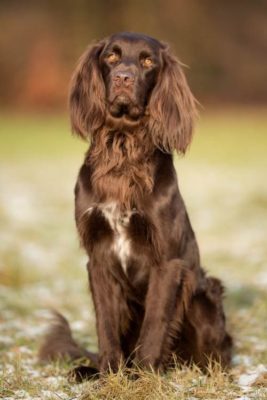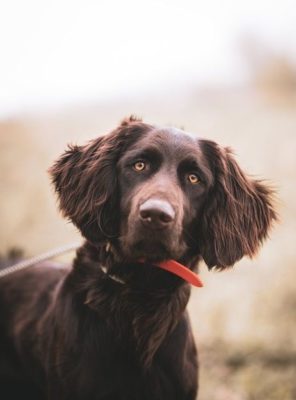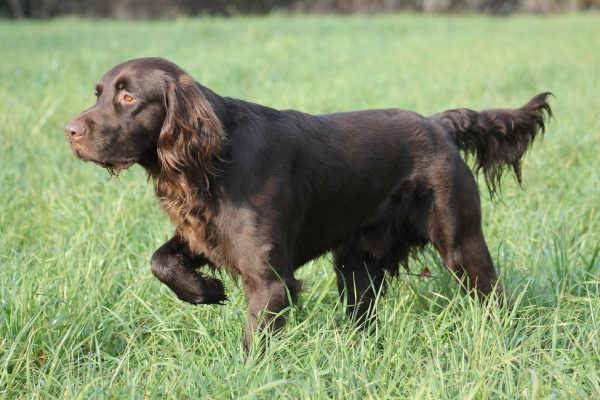German Longhaired Pointer
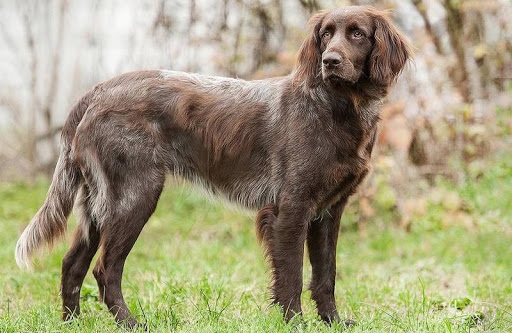
German Longhaired Pointer is a dog with a balanced character and a calm disposition. It gets along well with children and other animals. Despite the friendliness, the Langhaar requires a respectful attitude. It is important from an early age to outline the boundaries of what is acceptable for a lapdog. The German Longhaired Pointer is a very comprehensible dog, not insolent.
Table of Contents
Breed Information
| Another Name | Deutscher Langhaarigerm, Deutscher Langhaariger Vorstehhund, Pointer (German Longhaired), Langhaar |
| Origin | Germany |
| Height | Males 60-70 cm Females 58-66 cm |
| Weight | 25-30 kg |
| Fur | Long |
| Color | Brown with streaks or white with thick brown spots |
| Lifespan | 12-14 years |
| FCI Classification | Pointing Dogs |
| Group | Hunting dogs, dogs for children, guard dogs |
| Price | $400-600 |
Breed Photos
Origin History
Germany is the historical country of origin of these hunting dogs. The pure breed was bred in 1879, and the first characteristic traits of the German Longhaired Pointer appeared in 1877. The dogs were originally bear-like. They were with a strong build, on powerful paws, and were distinguished by a sharp temper. Later they were crossed with setter-gordon and Irish setter. As a result, Langhaars acquired a graceful and elegant appearance. Today, the hound is popular in Germany and other European countries for hunting big and small game. The Fédération Cynologique Internationale recognized the breed in 1954.
Appearance
The German Longhaired Pointer is a dog with a muscular build. The breed’s neck of representatives is high; there is a smooth transition to a wide and deep chest. The coat is long and thick. The color of the German Longhaired Pointer can be brown with grey streaks or white, but with thick brown spots.
The dog’s back is straight, and the paws are of medium length. Due to this body constitution, the Langhaar excels at hunting tasks. The tail is straight, and the loin is convex. The back is short; there are noticeable withers. The pet’s ears are wide, covered with long strands. The nose lobe is dark brown. The eyes are brown, expressing devotion.
Character
German Longhaired Pointer is a dog with a balanced character and a calm disposition. It gets along well with children and other animals. Despite the friendliness, the Langhaar requires a respectful attitude. It is important from an early age to outline the boundaries of what is acceptable for a lapdog. The German Longhaired Pointer is a very comprehensible dog, not insolent.
Representatives of the breed quickly become attached to the owner and family members. The German Spaniel is wary of strangers and suspicious in unknown surroundings. Prepare for the fact that the pet will sniff everything in the new place. German Longhaired Pointers find separation from family difficult, do not leave your pet alone for long periods.
Care
Keeping her in an apartment is not the best option for the German Spaniel. Its energy must be daily directed towards walks and training. In the conditions of the city, there is not enough space for the dog to feel comfortable. The best variant of keeping a Langhaar is a country house near a plantation or a forest.
A dog’s coat needs regular brushing. If you let your pet in the house at night, you should bathe him once a week. It is necessary to remove unpleasant odors. Inspect your pet’s eyes and ears and remove dirt on time. Get a special toothbrush for four-legged pets or oral hygiene treats. It will prevent bad breath from coming out of his mouth.
Training
The German Longhaired Pointer is an intelligent dog with high learning ability. They are obedient and always try to please their owners. It is a huge plus during training. Start with simple tasks, such as cancellation or basic commands.
Do not forget about daily physical activity; it is necessary to keep the animal’s body in shape. Don’t raise your voice to a German Spaniel, and don’t use brute force. Rather, encourage your dog to obey commands, which is an excellent incentive for obedience. Don’t forget the early socialization of your dog.
Common Diseases
The German Longhaired Pointer is a dog with good longevity and a strong immune system. But to prevent diseases, monitor the dog’s condition, and in case of poor health, consult a veterinarian. The following ailments are common to members of this breed:
- hip dysplasia;
- hepatic insufficiency;
- diseases of the eyes and ears;
- bursitis.
Nutrition
A properly formulated diet is an important part of a pet’s well-being. You can buy ready-made food; it has all the necessary microelements. If you decide to give your natural dog food, fruit and vegetables must be present in his diet. Feed your dog porridges, dairy and fermented foods, meat, and by-products. Don’t forget fresh water in your dog’s drinker.
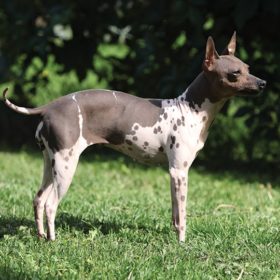 American Hairless Terrier
American Hairless Terrier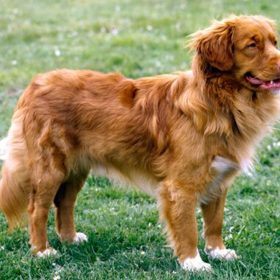 Nova Scotia Duck Tolling Retriever
Nova Scotia Duck Tolling Retriever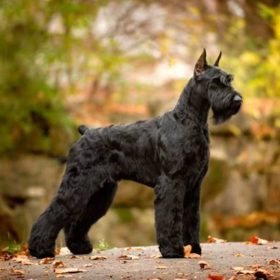 Giant Schnauzer
Giant Schnauzer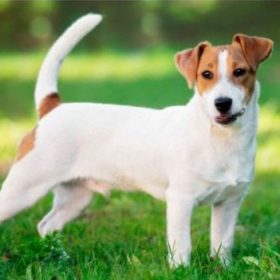 Jack Russell Terrier
Jack Russell Terrier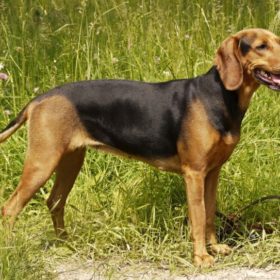 Serbian Hound
Serbian Hound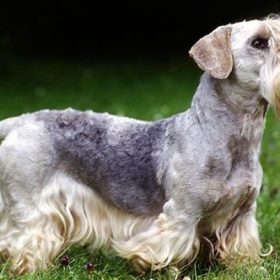 Cesky Terrier
Cesky Terrier